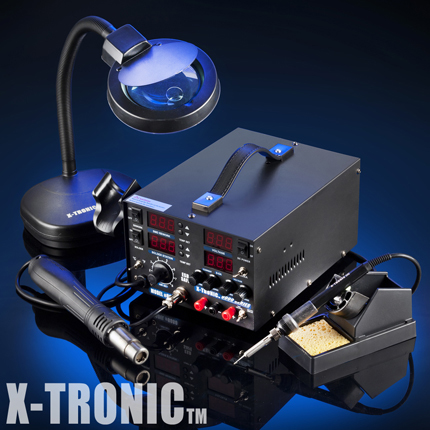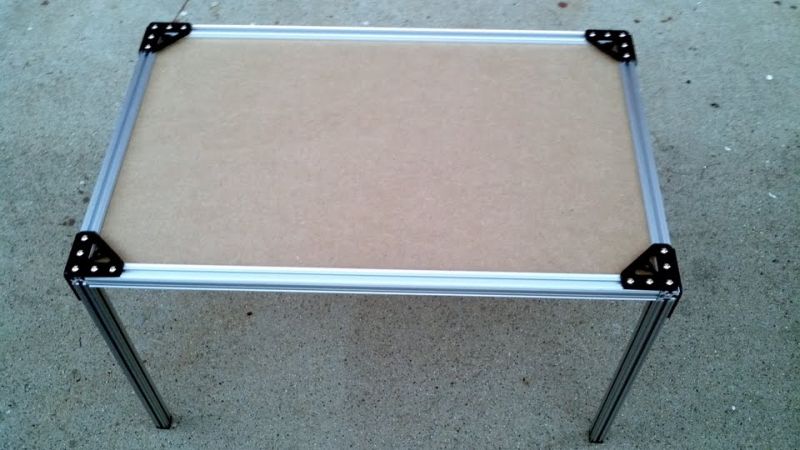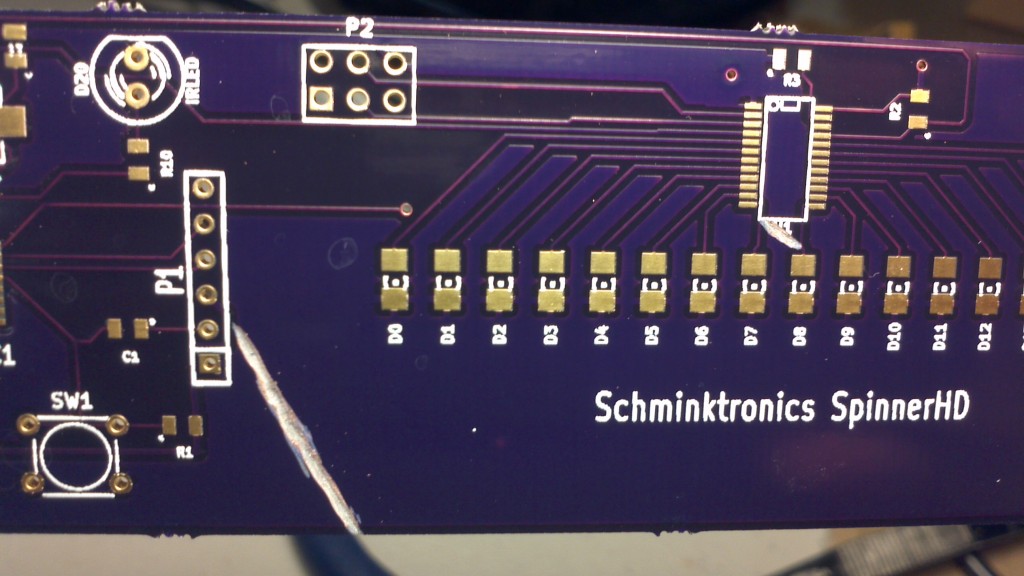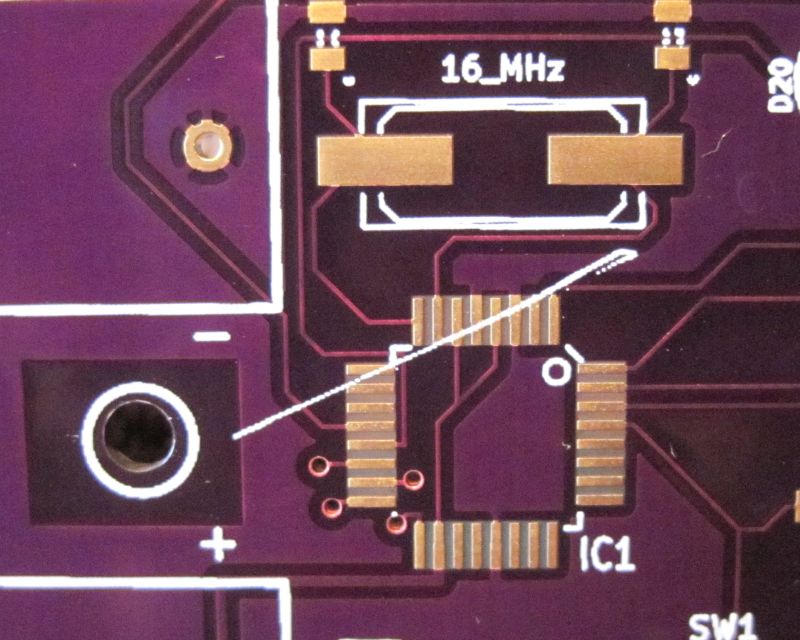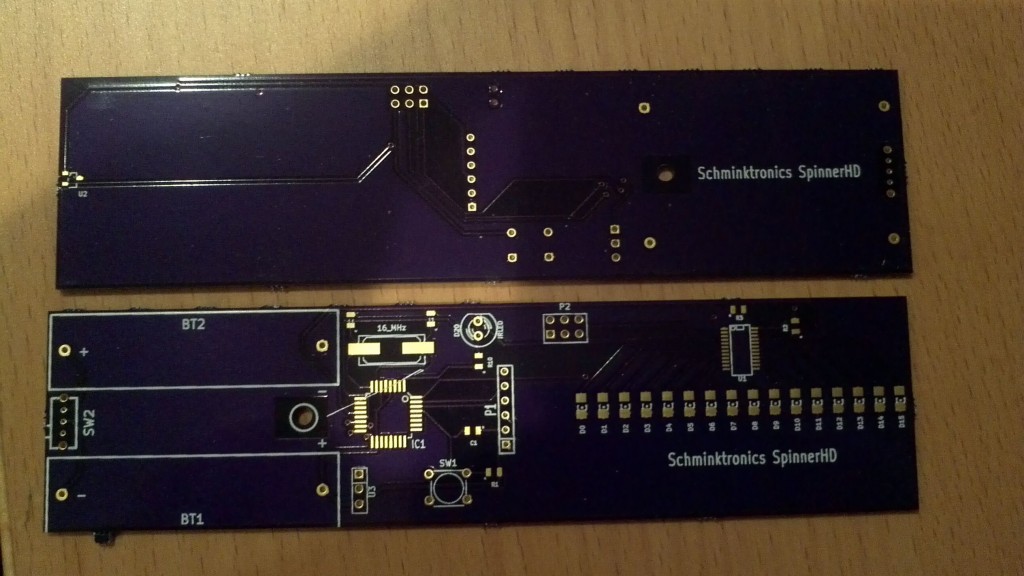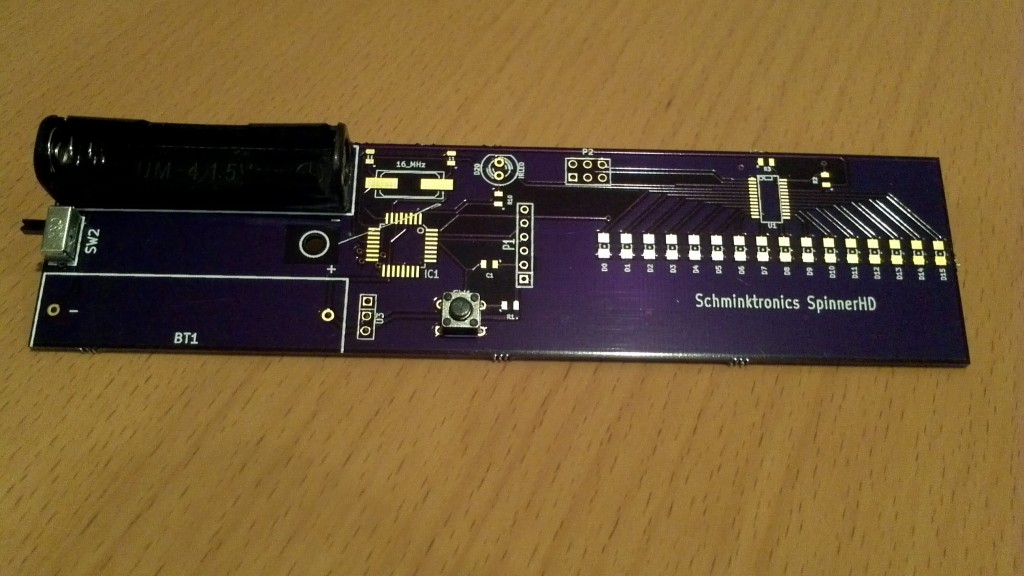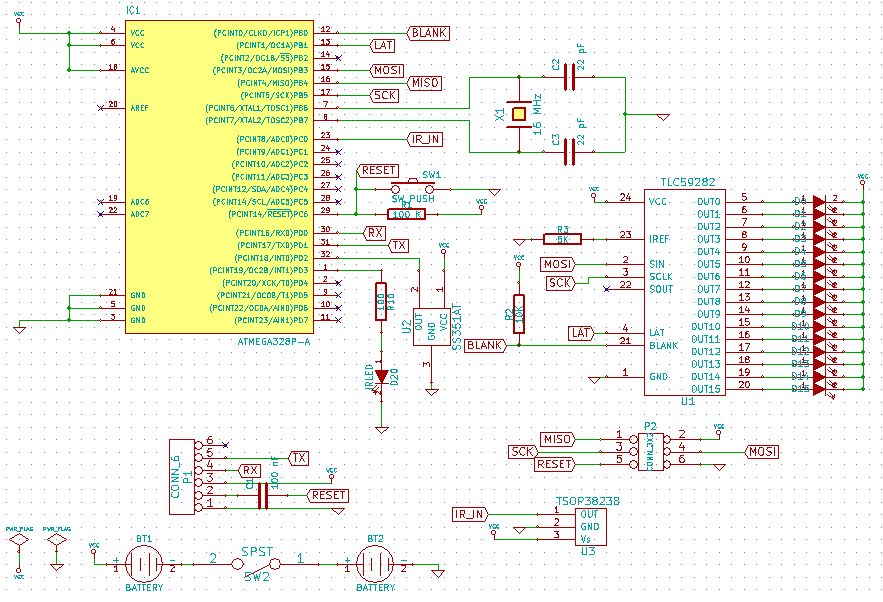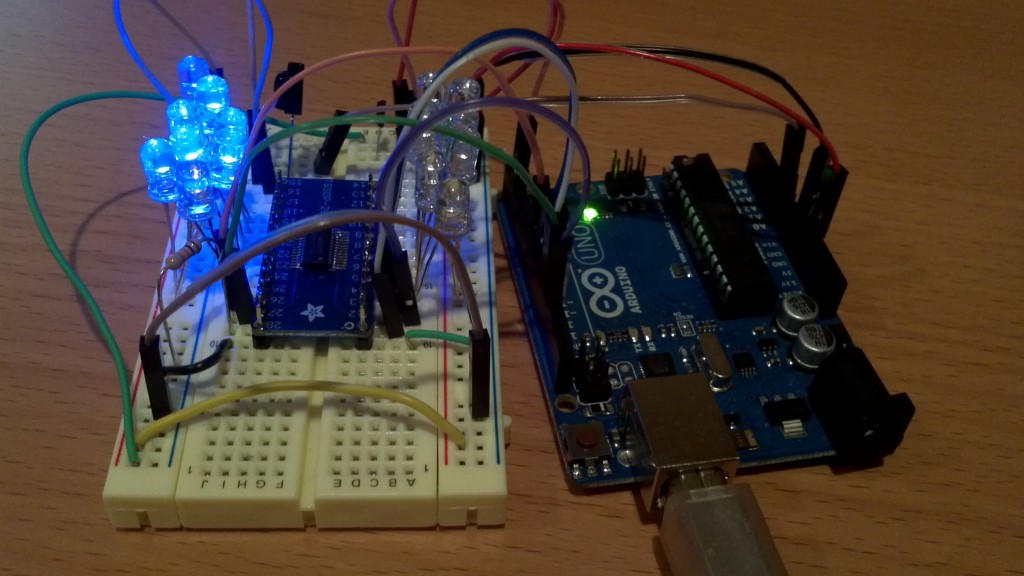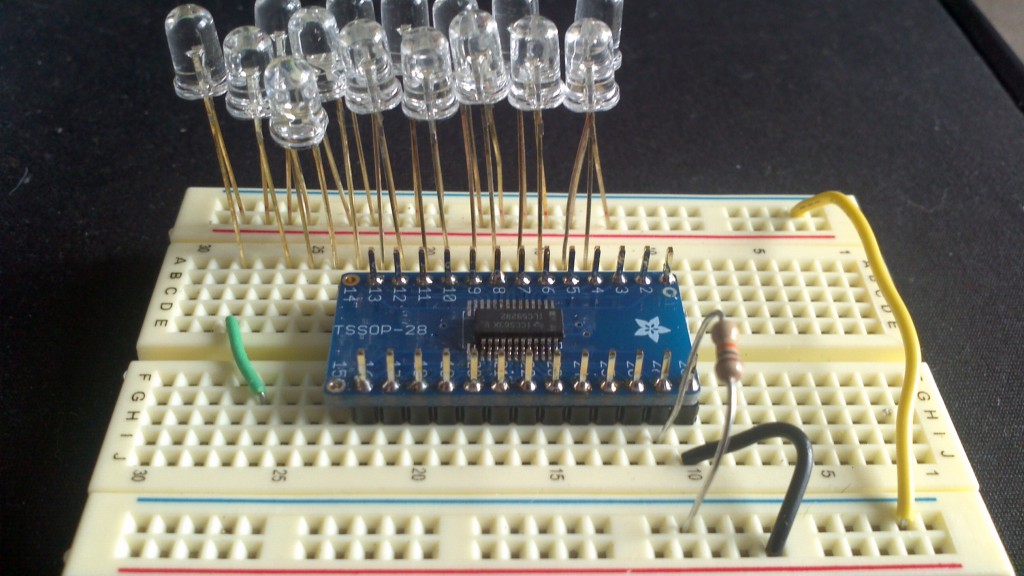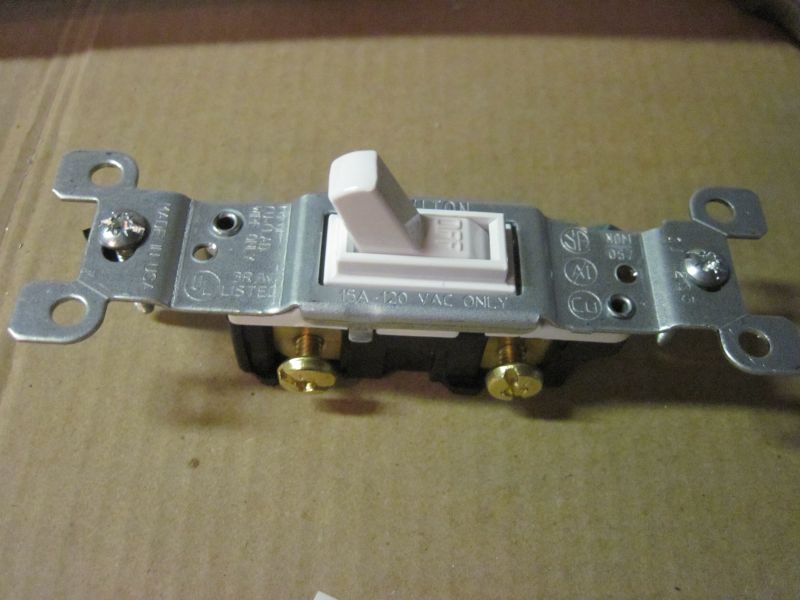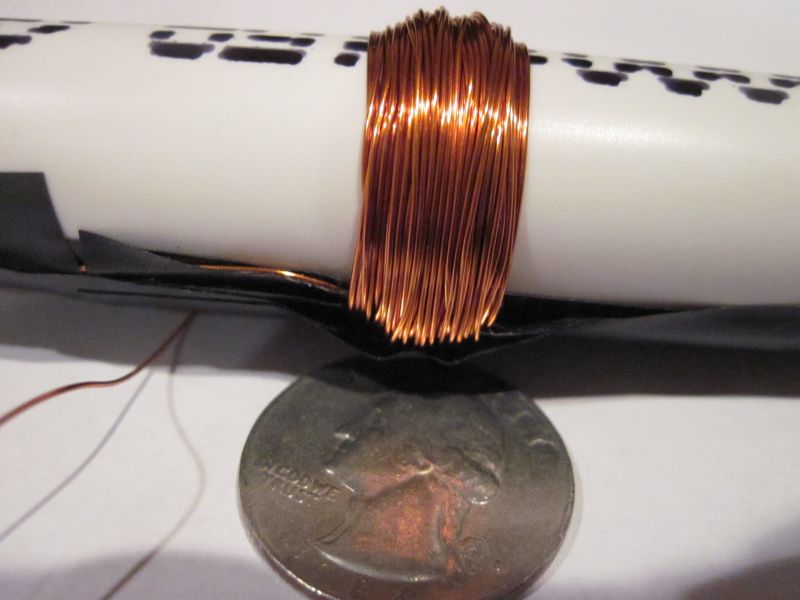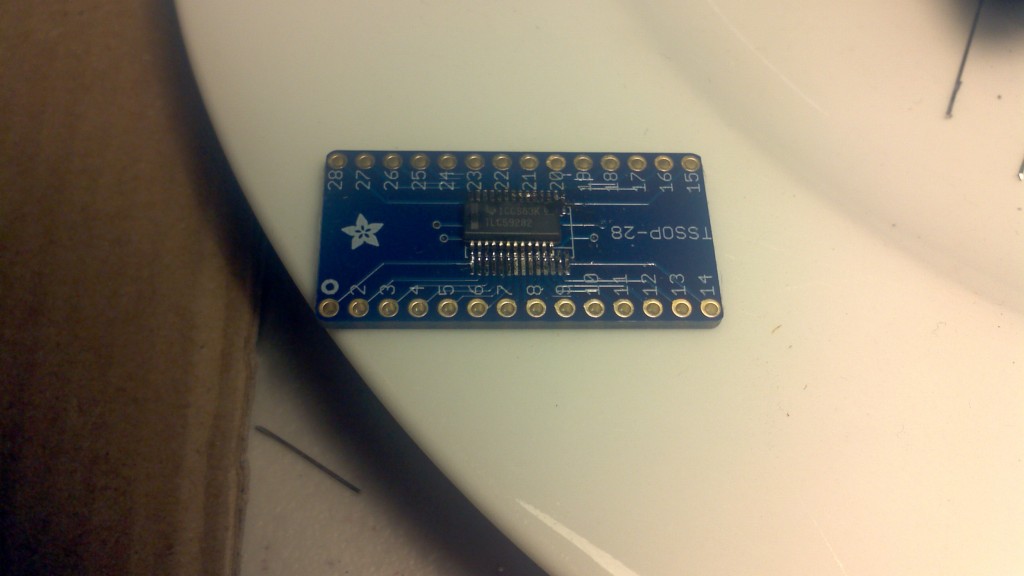I’ve stayed away from using solder paste because I thought the paste needed refridgeration, thought I needed to order a custom stencil for each board, and thought I needed an oven or modified hotplate. But, at around the same time, Dave from EEVBlog posted a video on hot to use a hot air gun to do SMD work and CNLohr posted a video showing how he doesn’t use a stencil. I really wasn’t looking forward to soldering all the SMD components on my new board, so I started looking into this option and discovered ZephPaste, which appears to solve the refrigeration problem. So, I figured I’d give this a try!
I first found some cheap hot air guns, but when I read the reviews, I discovered they weren’t only poorly made, they were downright dangerous. With a little more research, I found the X-Tronic 8080, a great rework station that includes a bench power supply, which I really need, and a lighted magnifier, which I really wanted.
Best of all, it’s made by a company near my hometown! I ordered last week, hoping it would arrive before the weekend. It didn’t, but it did show up today while I still had a partial day off work.
So, I broke out the ZephPaste and got ready to assemble the spinner!
That’s when I finally figured out why I didn’t understand how to use it before. The paste comes in a syringe, but without a plunger or a dispenser tip. I found other things to use as a plunger, but without a tip, it just wasn’t going to work. So, now I had to order more tools with a few day delay. I knew I should have taken a closer look at that paste when I first got it.

